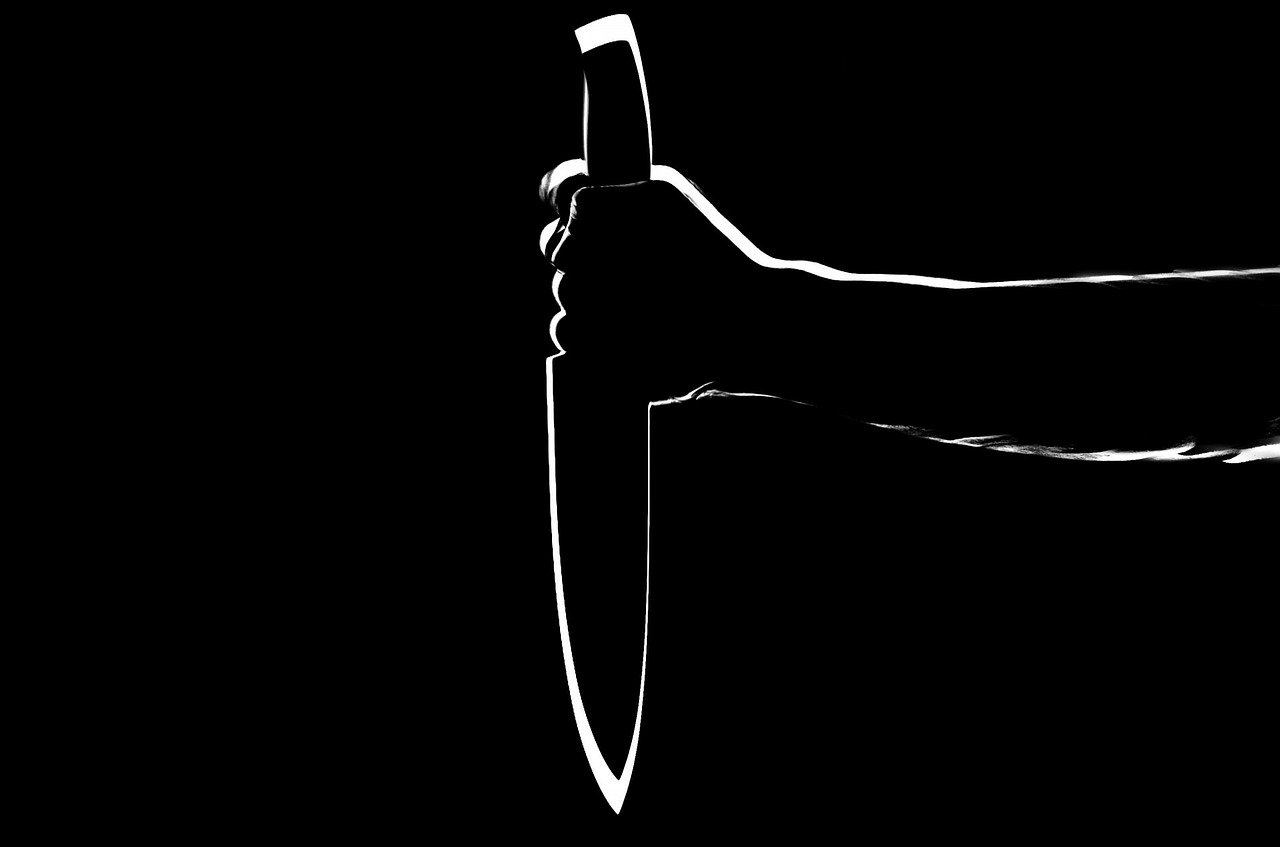Following the several stabbings that left 10 dead and 15 wounded in the James Cree nation and the village of Weldon in Saskatchewan province, alleged perpetrators Damien Sanderson and Myles Sanderson are on the run.
The Saskatchewan Royal Canadian Mounted Police has issued an alert in the region, which has now been extended to the Alberta and Manitoba provinces. In the past, Canadian law enforcement has launched large-scale manhunts in order to track fugitives.
Here are some of the most famous ones.
Mad Trapper of Rat River (1931-1932)
Albert Johnson moved to a trapper’s cabin near Fort MacPherson near the Rat River in the Northwest Territories. However, he was there illegally. Police decided to investigate him on December 31 in 1931 , but failed to get him to speak to them. The next time they came to his cabin, Johnson shot and wounded one of the constables.
On January 4, nine people, 42 dogs came armed with 18 kilograms of dynamite to flush him out of his home. Despite blowing up his home, Johnson shot his gun at the police, narrowly missing two officers.
For the next few weeks, Johnson evaded capture from the police by scaling a mountain in sub-zero, no visibility weather without any climbing equipment.
He was finally cornered on February 17, 1932 at Eagle River. Johnson got into a gunfight with the police, which ended with him taking nine bullets to the body, before he died. He had evaded capture for five weeks.
Also Read: Deadliest stabbing incidents in Canada
Santa Claus Bandits (1962)
Shortly before Christmas in 1962, the Canadian Imperial Bank of Commerce in Ville Saint-Laurent, just west of Montreal, was robbed by three people, one of them wearing Santa Claus outfit and carrying a Belgian-made FN assault rifle. The trio robbed the tellers cages which contained $78,850 in savings bonds, $57,470 in travellers’ cheques and $6,646 in cash. They made away with $142,966.
Two constables who were road-testing a vehicle and volunteered to take the call after one of the employees at the bank tripped the alarm. One of the robbers saw the police approaching. The robber dressed as Santa Claus reached the entrance of the bank and opened fire, killing the two police constables.
The police launched an all-out manhunt in Quebec, the largest in the province’s history. It involved municipal, provincial and federal police with roughly 1,000 to 2,000 police combining forces. A $25,000 reward was offered for any information on the thieves with 2,500 men being called in for questioning by the police.
Also Read: Horrific and heartbreaking: Canada PM Justin Trudeau on Saskatchewan mass stabbing
The thieves were soon arrested after one of them, Jules Reeves was hospitalised following an attempt on their life in an unrelated incident. A month after the incident, on January 14 1963, the remaining two others, Georges Marcotte and Jean-Paul Fournel were named suspects in the case.
Marcotte had been in police custody since late December for an unrelated crime, while Fournel was arrested in Montreal in January. Between the three, it was Marcotte who was wearing the Santa suit when he killed the two policeman.
During the trial, Marcotte was given the death penalty and was set to be executed in 1963. However, following a series of delays he remained on death row until 1976 when the death penalty was abolished. He served a life sentence thereafter.
Fournel plead guilty to two counts of non-capital murder and was sentenced to life imprisonment after he sided with prosecutors in selling out Marcotte. However, while serving his sentence in Manitoba, he was shivved in the back five times and was moved. He was released on full parole in 1979 and died in the 1990s.
Reeves died in a hospital in 1973, never having recovered enough to stand trial.
Also Read: Canada mass stabbing: Dangerous persons alert issued after 10 dead
The Monster of the Miramichi (1989)
Convicted killer Allan Legere escaped from a hospital in Moncton, New Brunswikc, where he was being treated for a ear infection in May 1989.
His escape triggered one of the largest manhunts in the country’s history. While Legere was on the run for the next seven months, he murdered four more people and sexually assaulted a fifth, leaving them for dead. He was nicknamed the Monster of Miramichi because all the murders happened in the Miramichi River valley.
The Mailed Body (2012)
A manhunt covering Canada, France and Germany was launched after the body parts of Chinese international student Jun Lin were mailed to the addresses of the Conservative Party of Canada, the Liberal Party and two Montreal schools and a park.
The suspect was identified as 29-year-old Luka Magnotta. An arrest warrant was issued initially in Quebec, before being made Canada-wide. Interpol was brought in after it was discovered he booked a flight out of the country. He travelled first to Paris, then to Berlin, where he was arrested reading news about himself, according to a report from the CBC.
He was sentenced to life imprisonment without a chance for parole for the next 25 years.
RCMP officer shootings (2014)
Justin Borque shot and killed five RCPM officers in Moncton, New Brunswick on May 4, 2014. He escaped and for the roughly 28-hour duration of the manhunt, everything in the city was shutdown, with no buses commuting, businesses closed and people asked to stay away from the area.
Borque was arrested on the morning of June 6.
Teen Killers (2019)
Teenagers Kam McLeod (19) and Bryer Schmegelsky (18) murdered a university professor and a tourist couple during a murder-suicide trip that the two had undertaken.
The two had travelled from British Columbia and had killed the university professor first on a highway in the province and stole his car. They later came across the tourist couple and shot the two of them a few metres away from their broken down car.
McLeod and Schmegelsky went into the northern Manitoba wilderness with the deceased professors car and camera and made a video confession before shooting themselves. The man-hunt for the two boys lasted nearly three weeks across two provinces.







